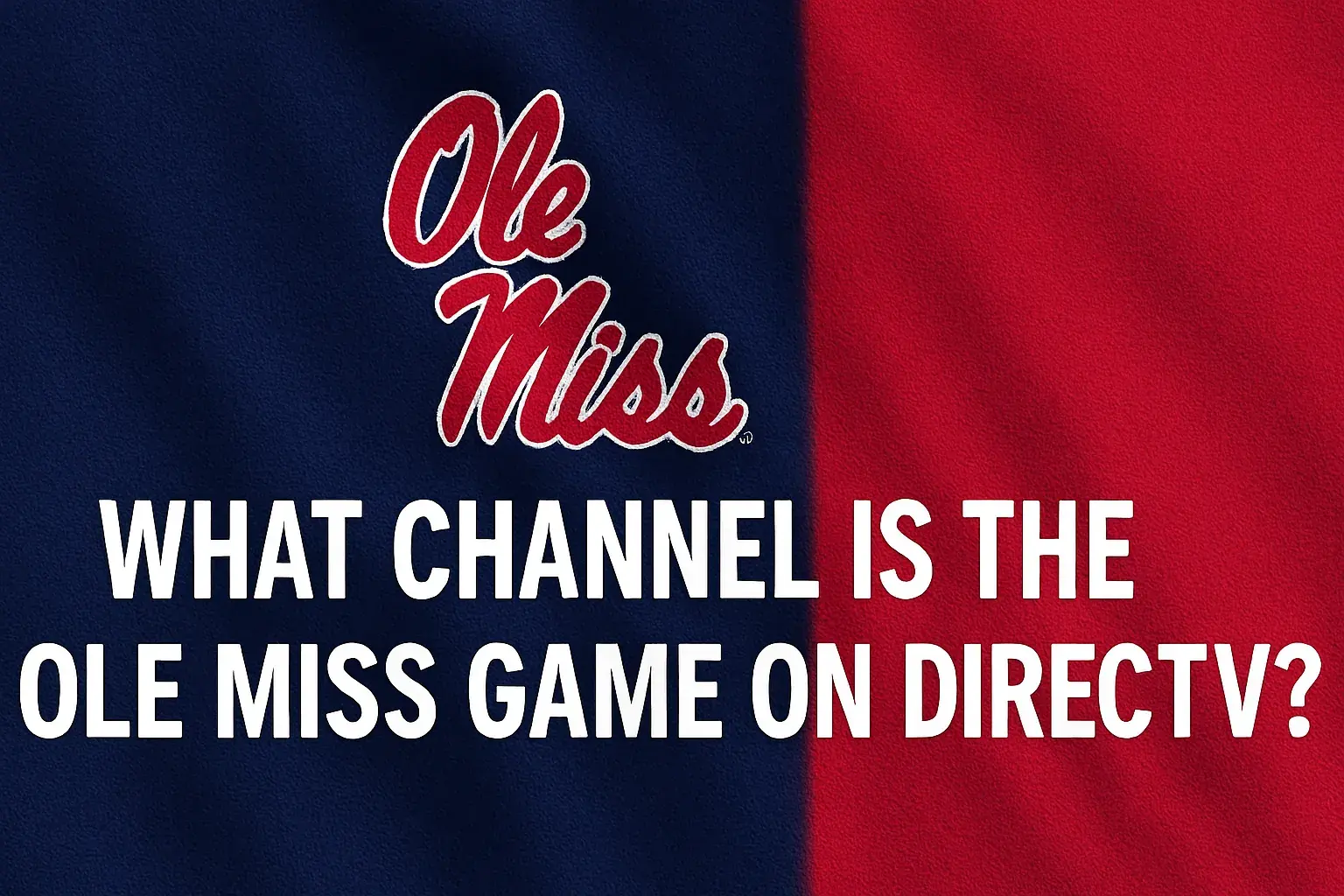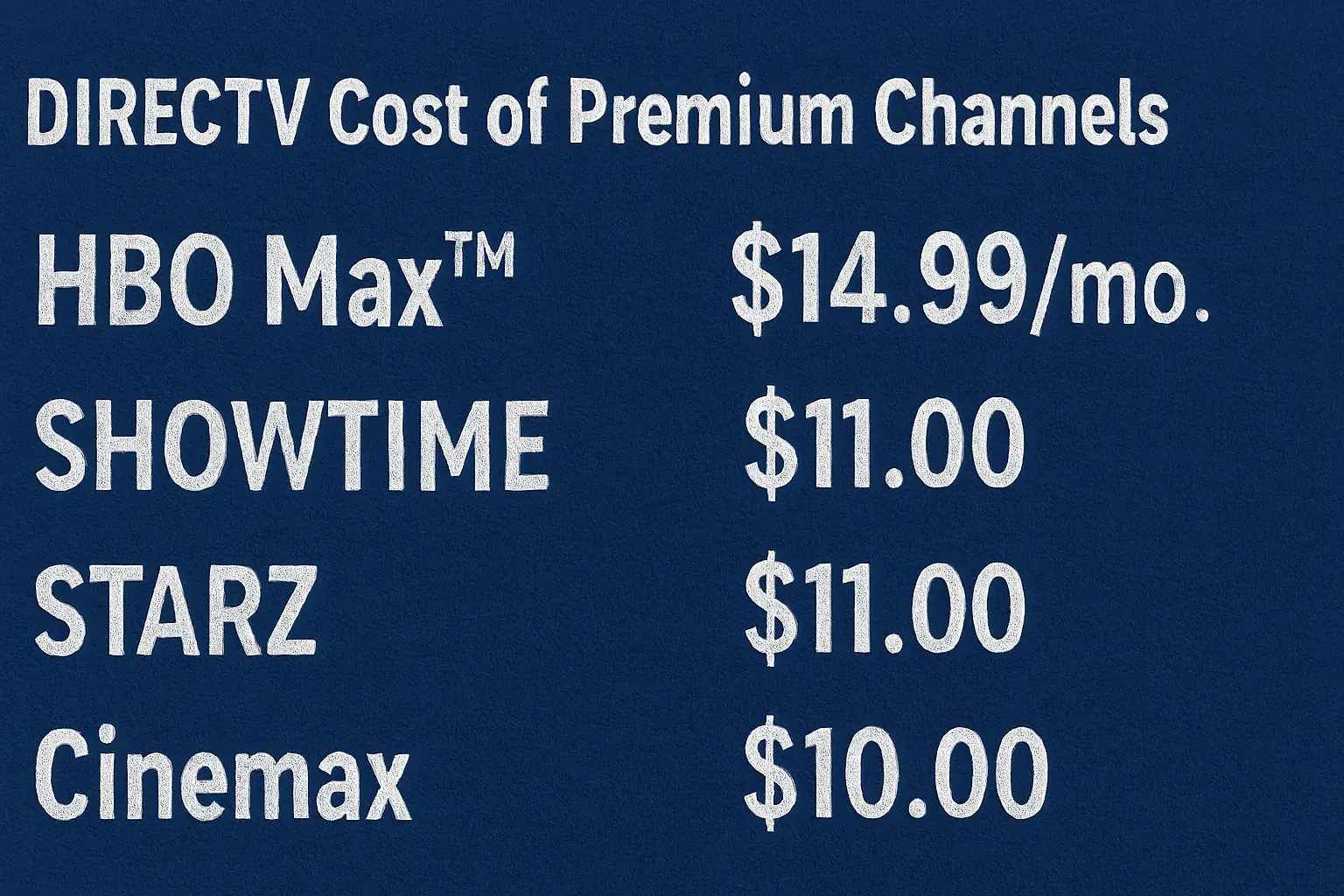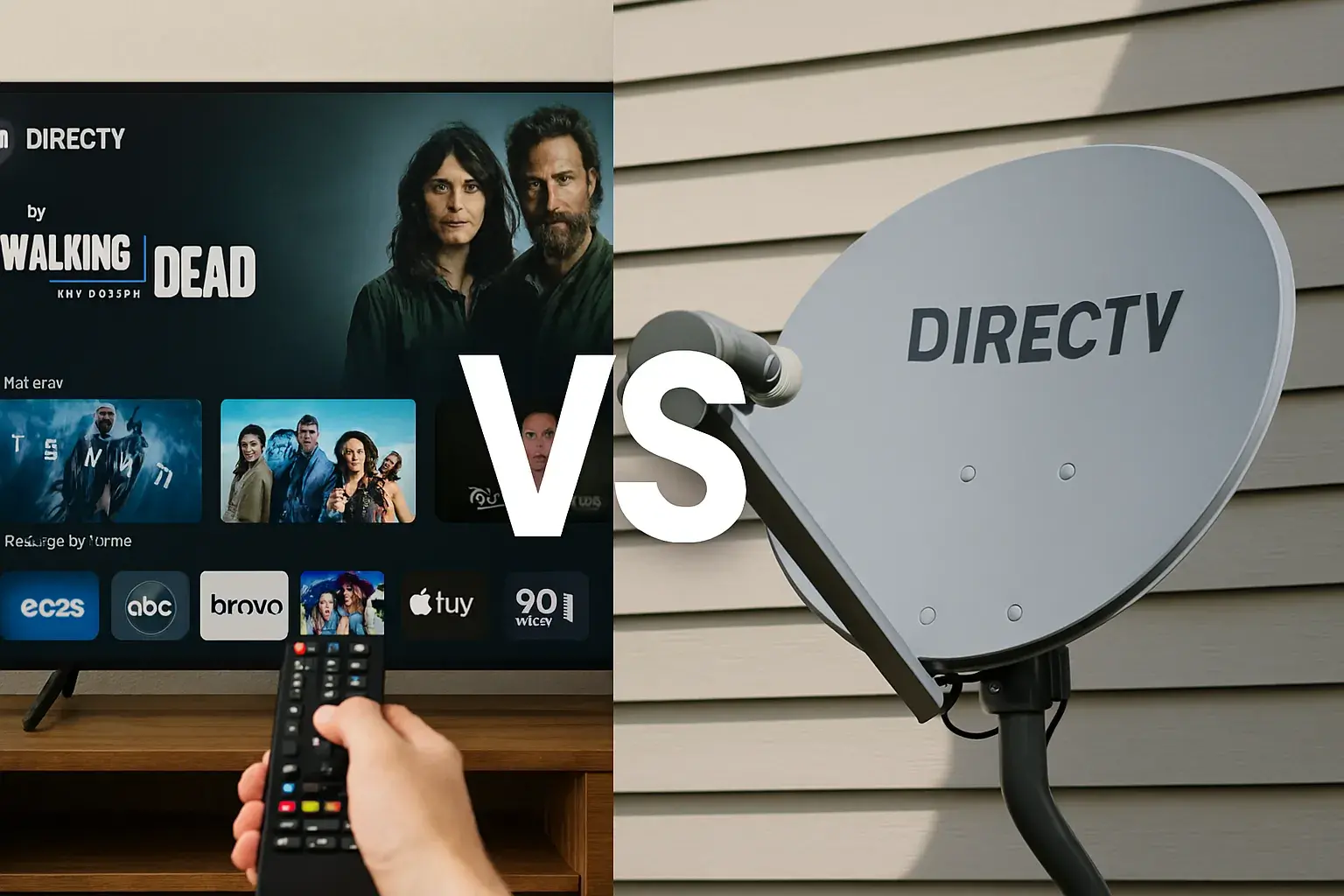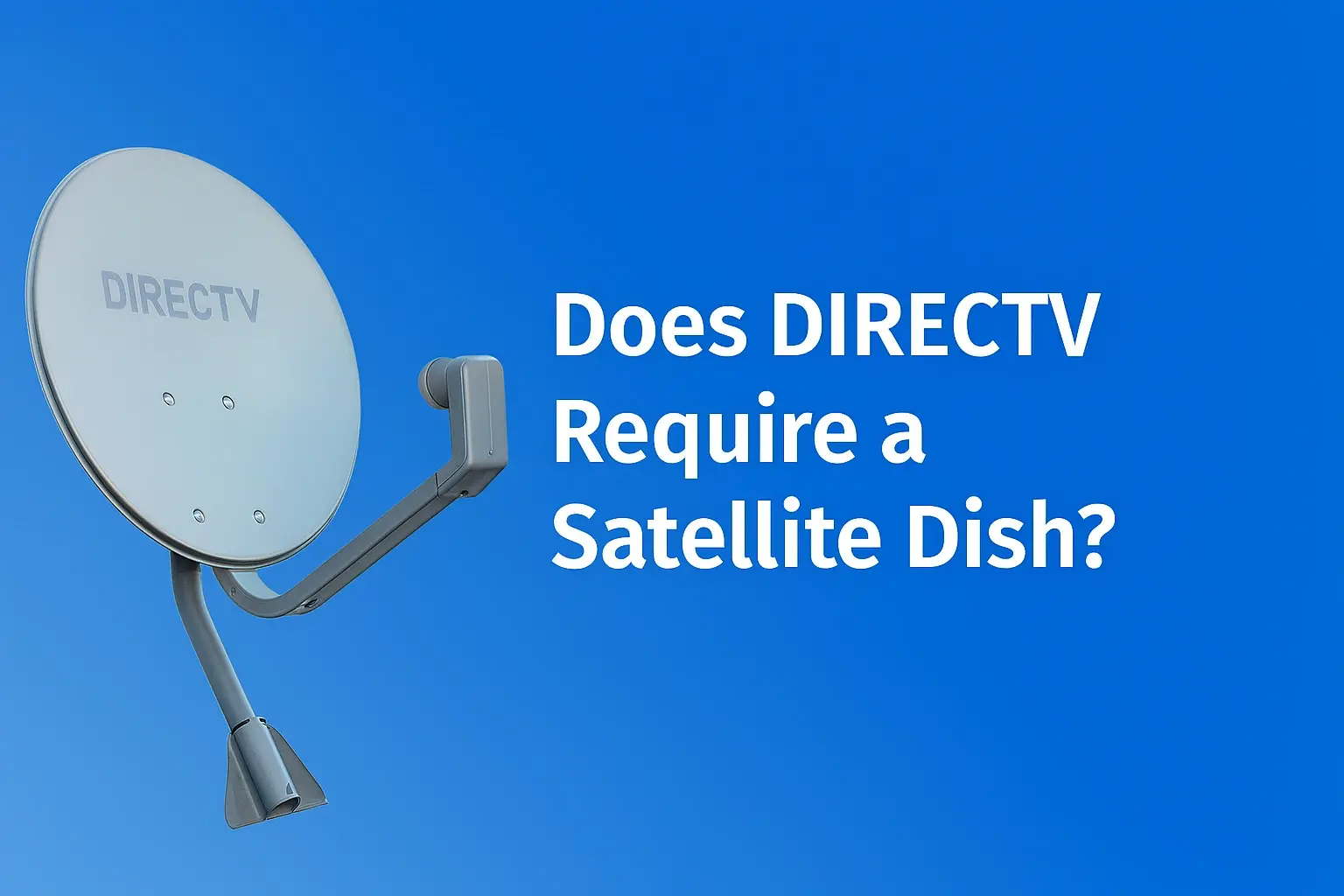-
Posted on: 23 Aug 2024
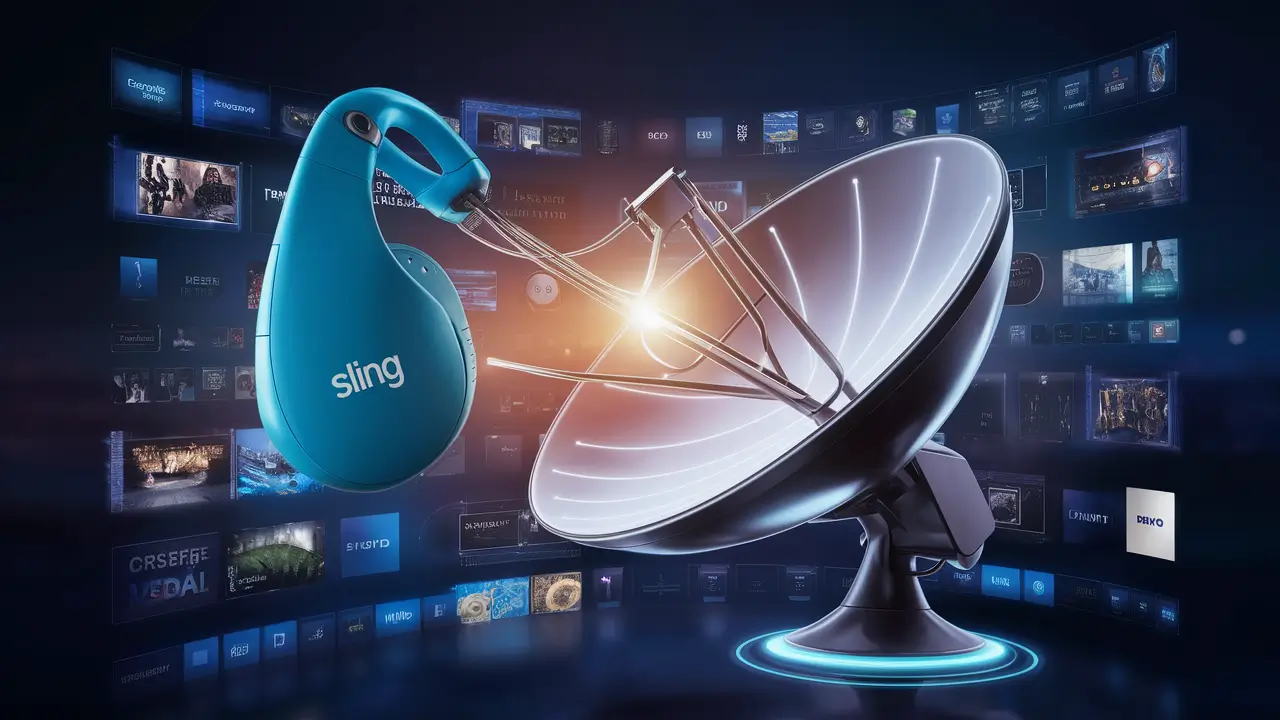
-
Recently there have been rumors about the potential merger of two of the largest players in the live TV streaming market, Sling TV and DirecTV Stream. This comes especially when the market is gradually becoming saturated by new streaming platforms that are being developed constantly. Sling TV and DirecTV Stream are popular streaming services that target millions of users with affordable channel bundles. But will this collusion enable them to counter their competitors even more efficiently?
Unfortunately, DirecTV Stream and Sling TV are not well defined or discussed in the industry, which will be discussed in the next section.
Before proceeding, let me point out that Sling TV and DirecTV Stream (previously known as AT&T TV Now) are live TV streaming services. They can give users direct access to live channels and on-demand content despite not requiring a cable television subscription.
Sling TV was among the first major live TV streaming services when it launched in 2015. Today, the company has more than 2 million customers. Sling has other base packages that offer entertainment, news, or sports channels. There are also add-on channel packages and premiums that the viewers can purchase.
On the other hand, DirecTV Stream changed its name from AT&T TV Now in 2021. Still relatively newer to the market than Sling TV, it has grown rapidly through AT&T's customer base and offers. As of the last data available, DirecTV Stream has approximately 1. 5 million users. Cable TV packages include the most-watched cable networks with features such as HBO Max.
Why Sling and DirecTV Should Merge?
At the very basic level, the proposed Sling TV merger with DirecTV Stream holds some potential for several reasons. To start with it would combine their current subscriber base which is a massive number in one go on the streaming platform. Together they would have 3. 5 million customers so they would be able to negotiate better concerning content and advertising prices.
Also, each service has its advantages that may help the other: For instance, Sling focuses on offering cheap packages that can be tailored to the client’s preferences. In contrast, DirecTV has more expensive packages and additional options such as DVR with an unlimited capacity. Designing bundled plans that incorporate these benefits may be appealing to consumers who require both flexibility and convenience.
There are also such assumptions that the merger would provide the parent companies (Dish Network and AT&T respectively) a much-needed scale to compete with the streaming giants. Current rival services such as Hulu + Live TV and YouTube TV have approximately 4 million users each. Perhaps getting closer to competing at that level could be achieved by the two companies merging, for instance, Sling and DirecTV.
What Makes Mergers Unlikely?
However, there are also valid reasons why Sling TV cannot merge with DirecTV Stream shortly, even though there may be some advantages.
First, it can be seen that despite Sling TV and DirecTV Stream’s subscriber base appearing to be relatively small compared to their competitors, collectively, they control more than 20% of the live streaming market. To their parent companies, relinquishing a certain amount of control and ownership over those valuable customer bases carries certain liabilities.
Also, while the concept of merging content packages may be effective for some of the subscribers, it may be detrimental for others. For instance, entertainment channels bundled in may be of no importance to the sports-fanatic customers. Offering yet more package options is less useful when compared to the clean, individual services proposed here.
Most compellingly, Dish Network with Sling TV and AT&T with DirecTV Now appear to be most centrally positioned to integrate streaming into their pay-TV business. For example, Dish has announced Project Genesis, a new streaming/satellite service that will start in 2023.
Therefore, the idea of Sling floating subscribers over to DirecTV seems more like analysts believe that the former might be swallowed by Project Genesis instead. However, DirecTV Stream is a key to AT&T’s video service convergence strategy, so a merger is not appealing.
The Future Remains Uncertain
As with the rest of the streaming services market, the future of live TV services is not fully defined. While the Sling TV and DirecTV merger is currently out of the question, new players and technologies might change this situation.
That said, Sling TV and DirecTV Stream appear set for an ongoing battle as they seek to capture the market of cord-cutters. Nonetheless, since the two companies’ parent groups have heavily invested in streaming, it may not be impossible in the long run to synchronize their subscribers if the circumstances permit. It will only remain to wait and see whether the two will get married someday!
Conclusion
In conclusion, while it is still in the air whether Sling TV and DirecTV Stream will merge or not, it is hoped that this article has provided you with the information you need to make a decision. There are some potential positives regarding scale and bundling complementary capabilities, but the current parent companies Dish Network and AT&T appear keen on integrating streaming into present services. Market competition pressures might trigger reevaluation in the future. However, the acquisition of Sling TV and DirecTV Stream is highly unlikely given the current streaming environment.
Transform your viewing experience with DirecTV! Call us today at +1 855-213-2250 to explore our plans and find the perfect package for you. Our experts are ready to assist you and get you set up with top-notch entertainment. Don’t wait—contact us now!
